The Government’s chief medical officer is concerned that measures to tackle NOx could be applied inconsistently and prove confusing to drivers.
In her annual report, Professor Dame Sally Davies complimented the Department for Food, Rural Affairs and the Environment (Defra) on its air quality plan.
But she suggested that, because it is aimed at a local authority level, it could create problems on the ground.
“It may be implemented inconsistently, contribute to inequality and contribute to complexity of local regulation for drivers,” she said.
Davies is recommending that the Department for Transport (DfT) should agree with local authorities “standardised mechanisms and protocols” for surveillance and road charging so drivers “experience a simple system with consistency across England”.
London will introduce its ultra-low emission zone (ULEZ) next year, while five cities – Derby, Leeds, Nottingham, Birmingham and Southampton – have been ordered to introduce clean air zones (CAZs) before 2020.
A further 23 local authorities, where breaches of NO2 legal limits are expected beyond 2021, are required to set out local action plans for tackling air quality.
Davies said: “At the moment, we do not have the systems in place to effectively monitor, understand and act on data about the health impacts of pollution.
“The clarion call from this report is therefore to create these systems so we can determine effective solutions.”
Government ‘must do more’
The warning from the Government’s senior advisor on public health comes after Defra was ordered by the High Court to review its air quality plan for a third time.
The judge ruled the Government’s plan, published last July, is unlawful as it does not compel the 45 other local authorities in England, where pollution is a problem, to comply with the law as soon as possible. The judgement stated that the Government must produce a supplementary plan, setting out requirements for feasibility studies to be undertaken in 33 of the 45 areas.
Environment minister Therese Coffey told MPs in a debate in the House of Commons that she had already written to the local authorities, asking them whether they can take any additional measures to meet air quality standards.
“We will follow that up in March by issuing legally binding directions that require those councils to undertake studies to identify any such measures,” she said.
“As required by the court order, we will publish a supplement to the 2017 plan by 5 October, drawing on the outcome of the authorities’ feasibility studies and plans.”
Later this year, the Government will also publish its clean air strategy, which Coffey said “will set out further steps to tackle air pollution more broadly”.
Commercial fleet operators are looking at how their operations may be impacted by air quality policies and how they can mitigate potential charges.
Royal Mail has shifted towards buying Euro 6 diesel and petrol vans, but fears they will only be compliant for a limited period.
Currently, 15% of its fleet is Euro 6, which should reach 20% by the end of the year. At current replacement cycles, Royal Mail Fleet director Paul Gatti believes it would take five years to replace the entire fleet with Euro 6 vehicles.
It also has 100 electric Peugeot Partner vans on trial across 12 depots and an Arrival electric truck – with plans to take eight more.
The Partner L2 electric was launched in February. Its lithium-ion battery pack is fitted under the floor, ensuring there is no loss of load space compared with petrol and diesel-powered models.
The Arrival electric truck trial, based at Mount Pleasant Mail Centre in London, will be used to transport mail between distribution centres in London and the south east (commercialfleet.org, August 23, 2017).
However, Gatti believes the biggest challenge to the adoption of electric vehicles (EVs) is infrastructure. “Getting charging points for those 100 electric vehicles isn’t cheap,” he says.
“Sure, there are grants. But they are reliant on you giving access to the general public – that is not always conducive to our yards as there are security implications.”
The company is also trialling gas-powered trucks and a hybrid van.
“We are developing a strategy, but it’s difficult as we don’t know what the legislation impacts are going to be – it could all be turned on its head,” said Gatti.
Diesel alternatives
Iveco believes gas-powered vehicles are the only viable alternative to diesels for the majority of UK fleets.
The manufacturer has developed a range of compressed natural gas (CNG) and liquefied natural gas (LNG) engines, available across its model line-up. It also has recently launched the Daily electric van.
In fact, there has been a plethora of announcements around electric vans and trucks over the past few months.
A longer-range e-NV200 was unveiled by Nissan in Oslo, last October. The 40kWh battery for the electric Nissan van offers a 60% extended range of up to 174 miles (280km).
It hopes it can make 100% electric last mile delivery achievable for businesses, with customers now able to drive more than 62 miles (100km) further on a single charge.
Renault has revealed that the Master ZE electric van will have a real-world range of 75 miles (120km).
There will be six versions (three lengths, two heights). The four van versions feature an 8-13cu m load space and a payload of 975kg to 1,128kg. The two platform cab versions have a transport capacity of up to 22cu m and feature payloads of 1,377kg (L2H1) and 1,355kg (L3H1).
Meanwhile, Mercedes-Benz is to put 10 electric eActros trucks (pictured) into operation with fleets this year and Renault Trucks has said it will launch a range of fully electric trucks in 2019.
The French manufacturer, which has no link to Renault cars, has been testing EVs in real world scenarios for the past 10 years. It says they will be “cost-effective” and “primarily designed for urban and inter-city situations”.
Dedicated assembly line
It has not released any further details about the vehicles yet, but confirmed a dedicated assembly line for the new all-electric models is being installed at its Blainville-sur-Orne plant in Normandy.
The Mercedes-Benz electric trucks, which come in two variants with gross weights of 18 or 25 tonnes, will be handed over in the next few weeks to customers, who will test their real-world feasibility and economic efficiency.
Participating in the fleet test are customers from a variety of sectors in Germany and Switzerland, with the trucks fitted with refrigerated boxes, tank or curtainside bodies, according to customer needs.
Drivers will be specially trained to work with the eActros and pilot customers will be testing the vehicles for 12 months, after which the trucks will be going out to a second round of customers for a further year
Stefan Buchner, head of Mercedes-Benz Trucks, told Commercial Fleet: “Our aim is to achieve series-production and market maturity for a range of economically competitive electric trucks for use in heavy-duty transport operations with effect from 2021.”

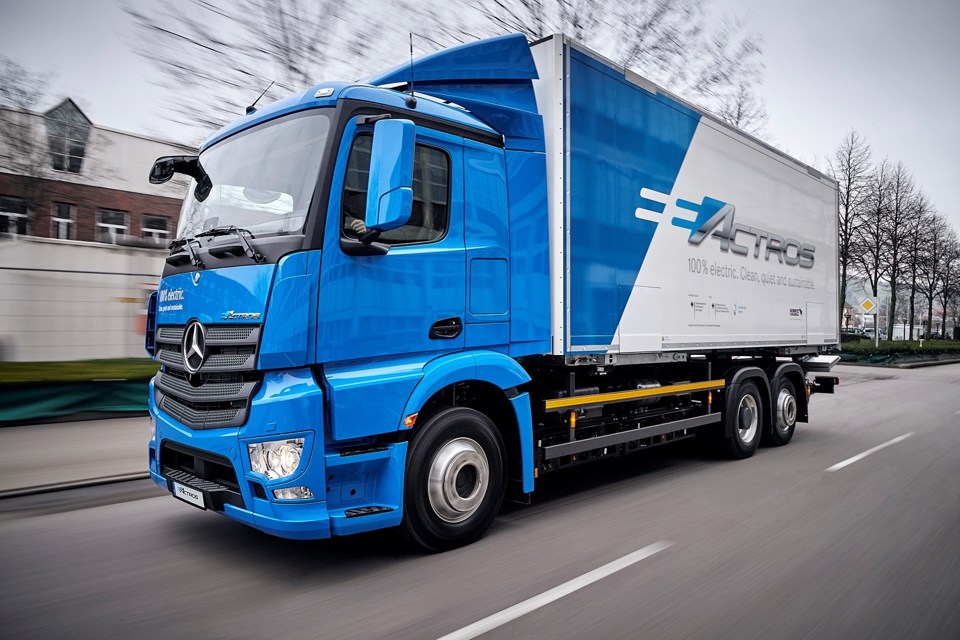



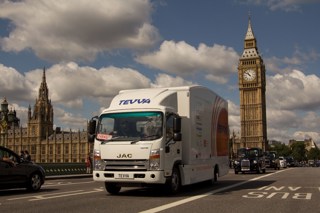

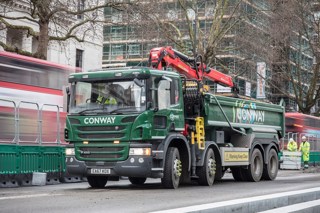
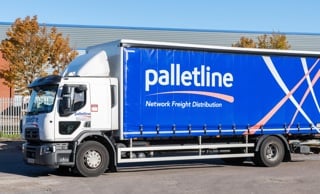
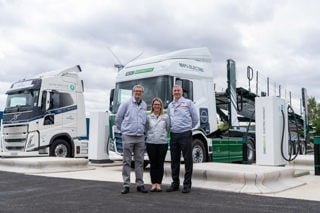












Login to comment
Comments
No comments have been made yet.